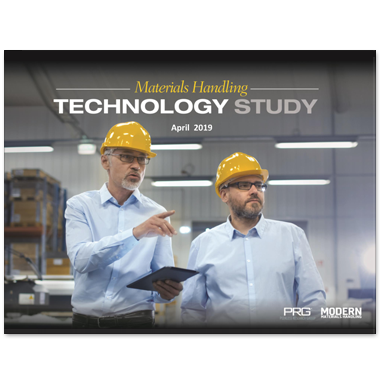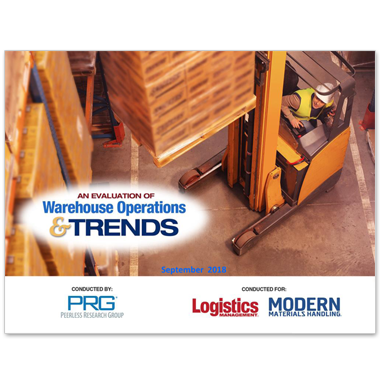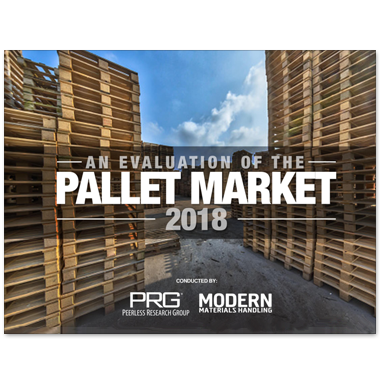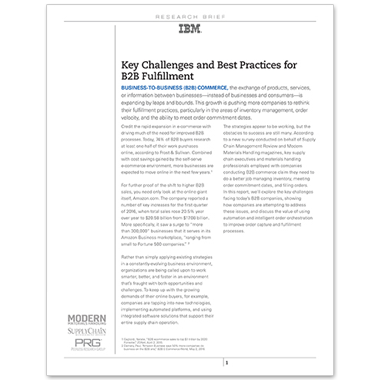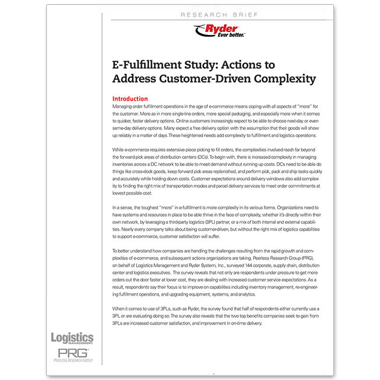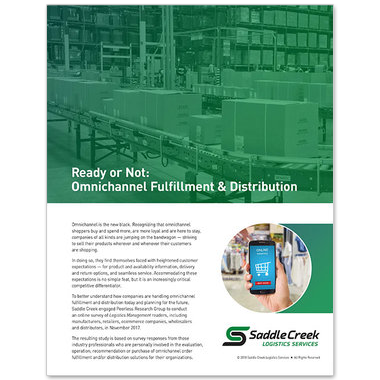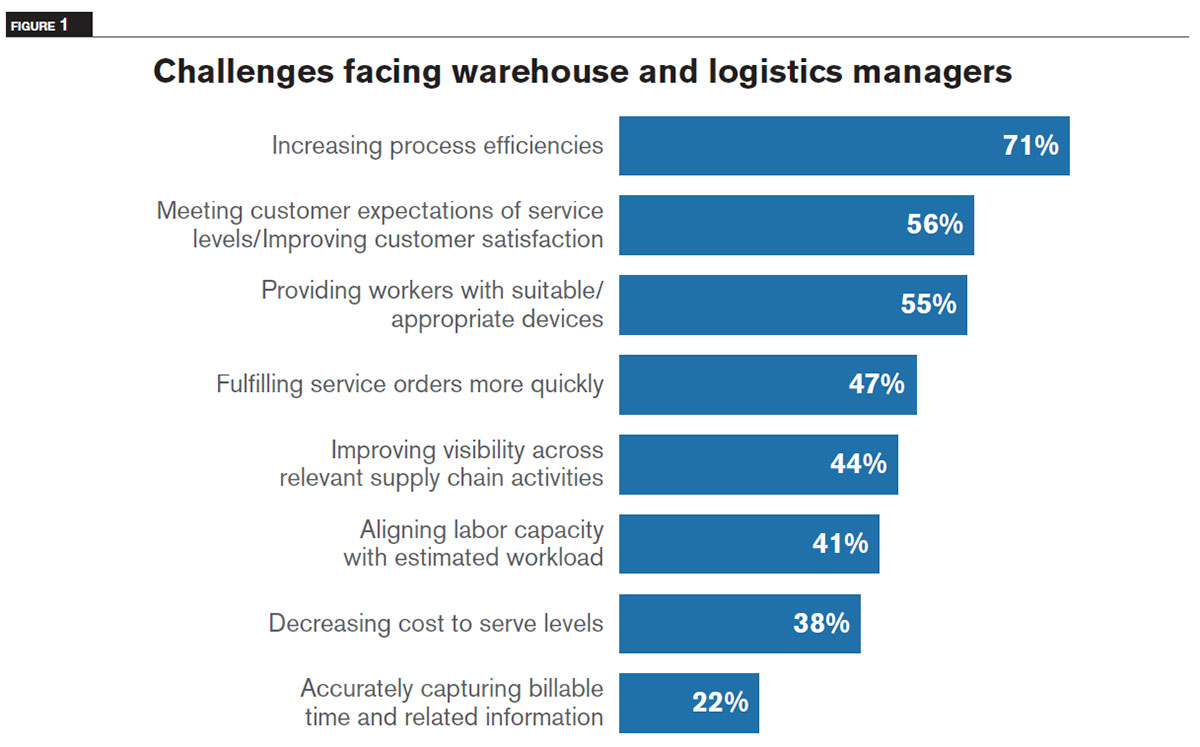Modern Materials Handling magazine conducted its annual Materials Handling Technology Study to better understand the usage and adoption of technology applications being used and planned for use in materials handling environments. Where applicable, results are tracked back to prior studies to gauge any changes that may have occurred over time.
Software is playing an important role in the smooth running of today’s warehousing and distribution operations, and the latest results of this Modern Material Handling’s study proves that.
In this year’s survey of Modern Materials Handling subscribers, respondents shared their views of current software usage, projected software investments, and critical implementation and usage concerns.
Specific areas investigated included:
- Company’s adoption of technology
- Impact of the current state of the economy on technology purchases
- Annual spending on technology solutions and circumstances driving technology investments
- Usage and plans to evaluate materials handling technology solutions
- Reasons for implementing materials handling applications: What challenges looking to address
- Types of materials handling software solutions currently in use/planned for purchase or upgrade:
- Warehouse Management Software (WMS)
- Transportation Management Software (TMS)
- Supply chain management solutions
- Adoption of cloud-based applications
- Respondent Demographics
Key questions asked included:
- Describe your company’s adoption of technology for your materials handling procedures
- How has the current economic climate changed your company’s approach to adopting materials handling management software?
- How has your company’s use of materials handling software changed over the past 2 years?
- Which of the following software applications are currently in use in your warehousing and distribution environment?
- Are you using or planning to evaluate cloud-based applications?
- Use or adoption of Big Data, IoT, Blockchain, WMS, TMS
- What is driving your decision to invest in new materials handling or supply chain software?
Down the full, 33-page report which features a deep dive into the data gleaned from this year’s technology survey gathered from our readers.


